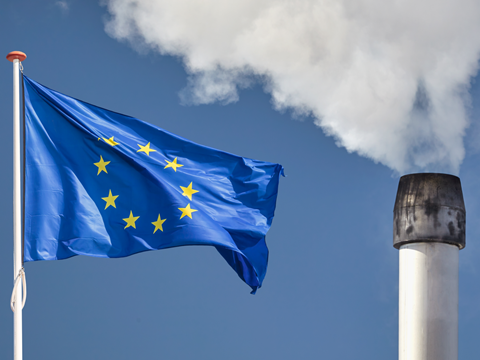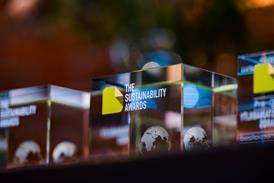
In a new report, the Renewable Carbon Initiative and nova-Institute have laid out policy proposals to further Europe’s transition into carbon capture and utilization, biomass, recycling, and other renewable carbon sources – envisioning improvements in both sustainability and competitiveness.
Right now, Europe’s chemical industry is believed to fall behind China and the United States. Global competition, high energy costs, regulatory barriers, and the sector’s reliance on fossil fuels as raw materials – over 90%, the report suggests – have reportedly slowed its progress.
These factors are believed to have created dependencies, increased the continent’s carbon footprint, and furthered deindustrialization in the European chemical space. Insufficient demand for sustainability-minded products and limited uptake of new technologies are also singled out as roadblocks.
The Renewable Carbon Initiative’s ten policy proposals are designed to facilitate a transition into renewable carbon in feedstocks and materials, and close the gap between innovation and large-scale implementation.
The partners assert that EU policy must balance sustainable access to renewable carbon feedstocks with both global and sectoral competitiveness. An actionable policy framework is underlined as an essential facet of the renewable carbon transition; it should incentivize and support industry players in their defossilization processes, the report explains.
Its policy proposals seek to increase access to waste as a feedstock, as well as biomass from agriculture, forestry, and carbon capture. These factors are hoped to unlock international trade for renewable carbon feedstocks, as well as maximize synergies with regulation that balances energy and material uses.
Furthermore, they aim to create favourable conditions to align with the EU’s defossilization targets and bolster the availability of affordable renewable energy across the continent.
Mandatory targets for the use of renewable carbon in materials and chemicals are also recommended; these could be implemented via new or existing legislation, including the Packaging and Packaging Waste Regulation, Ecodesign for Sustainable Products Regulation, and/or End-of-Life of Vehicles Regulation. The EU Emission Tradition System could also be adapted, or an alternative European Carbon Utilization Trading System introduced.
At the same time, driving renewable carbon technologies is anticipated to result in economic benefits for the EU, increasing its innovation potential while pursuing its climate neutrality goals. In particular, a ‘comprehensive and reliable’ framework could address the implementation gap from innovation to scaled product.
Previously, the Renewable Carbon Initiative published a position paper during the Packaging and Packaging Waste Regulation’s development. It called for such additions as a renewable content target for biobased and CO2-based feedstocks and a mass balance framework for chemical recycling streams.
Since then, the European Commission has unveiled its Competitive Compass; this strategic framework simultaneously aims to pursue climate neutrality and competitiveness by boosting the innovation, manufacture, and sale of technologies, services, and clean products on an EU Single Market.
Recent steps to utilize renewable carbon in the packaging industry include the launch of enfinium’s carbon capture pilot at an energy-from-waste site, which claims to capture one tonne of CO2 emissions from the plant’s operations daily; and VTT and LUT University’s three-year carbon capture and utilization project, which claims to have converted biogenic carbon dioxide from waste incineration and the forest industry into polypropylene, polyethylene, and other ‘high-value-added’ products.
If you liked this story, you might also enjoy:
Reuse vs. single use – which is better for the environment?
Sustainable Innovation Report 2025: Current trends and future priorities
What can the world learn from South Korea’s world-leading performance in plastics circularity?


















No comments yet